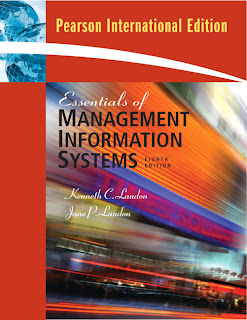 A.2.3.1
A.2.3.1 systems, planning systems, automation systems, and all types of MIS
A.2.3.3
- From a technical perspective, a Transaction Processing System (or Transaction Processing Monitor) monitors transaction programs, a special kind of programs. The essence of a transaction program is that it manages data that must be left in a consistent state.
- A control system is a device or set of devices to manage, command, direct or regulate the behavior of other devices or systems.
- 'MIS' (Management information system) is a planned system of collecting, processing, storing and disseminating data in the form of information needed to carry out the functions of management.
- A Computer Database is a structured collection of records or data that is stored in a computer system. The structure is achieved by organizing the data according to a database model.
- Data mining is the process of sorting through large amounts of data and picking out relevant information.
- A data warehouse is a repository of an organization's electronically stored data. Data warehouses are designed to facilitate reporting and analysis.
This classic definition of the data warehouse focuses on data storage. However, the means to retrieve and analyze data, to extract, transform and load data, and to manage the data dictionary are also considered essential components of a data warehousing system.



 A.2.1.1
A.2.1.1